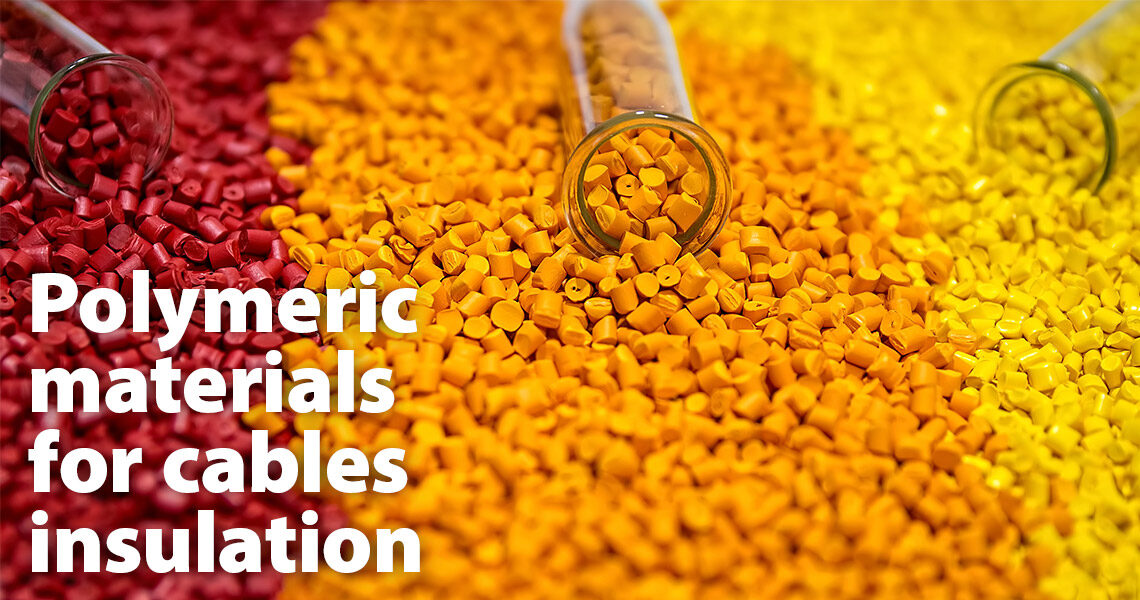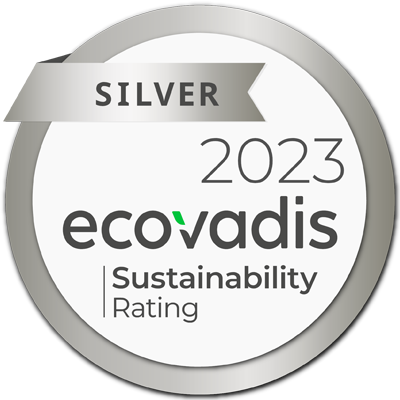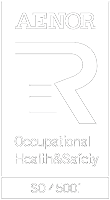- Family: Thermoplastic
- Use: Sheathing on LSZH cables
General characteristics
The relatively modern development in cables has seen the requirement for fire performance become increasingly important. This has seen requirements for low smoke emission, low corrosivity when burnt, flame retardance and reduced propagation become clearly specified and increasingly specified in many areas of cable installation. This has removed halogenated compounds from many markets to be replaced by LSZH – low smoke, zero halogen – types. This has dramatically reduced the amounts of PVC and chlorinated rubbers used to be replaced by newly developed LSZH materials.
The thermoplastic versions of these compounds are generally based on polyolefins of some sort with relatively high loadings of active fillers, the commonest being hydrated alumina. Compounding technology can be quite complicated, depending on the application. Many compounds use EVA as the base polymer. EVA is a copolymer of ethylene and vinyl acetate, with VA contents being from single-figure percentages to 70% and 80%. The lower percentages are essentially modified polyethylene, and as the VA content increases, so does the softness and the resistance to fluids improves. Other copolymers are often blended with EVA.
Processing
Thermoplastic LSZH is usually compounded with carefully selected fillers, colouring pigments and processing aids using standard compounding practice.
Extrusion is usually with single screw extruders, generally with low compression screws.
Good process control is necessary to succeed with these materials.
Uses of material / LSZHCable types
LSZH materials are usually used in applications where PVC would historically have been used, such as armoured cables, and in newer applications such as fire alarm and emergency lighting cables.
Standards
- IEC 60092 – series
- IEC 60245 – series
- IEC 60502-1 and IEC 60502-2
- BS EN 50525 – series
- BS 5266
- BS 6724
- BS 7629
- BS 7655
- BS 7846
List of Polymeric materials for cables used:
- Chlorinated Polyethylene – CPE
- Chloro Sulphonated Polyethylene – CSP
- Crossed Linked Polyethylene – XLPE
- Ethylene Propylene Rubber – EPR and EPDM
- Fire performance Silicone Rubber
- General Purpose Silicone Rubber
- LSZH Cross linked
- LSZH Thermoplastic
- Nylon
- Polyethylene
- Polyethylene – PE
- Polyvinyl Chloride – PVC Insulation
- Polyvinyl Chloride (PVC) Sheath
- PVC Nitrile










